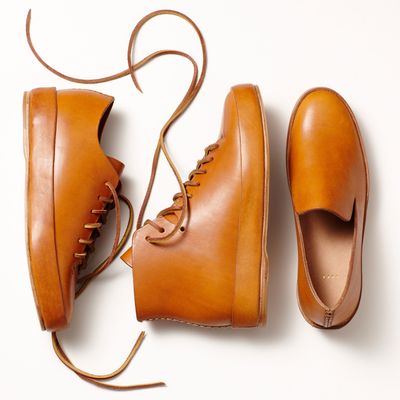
When I meet the brothers Josh and Tull Price in their new FEIT store on Bowery, they are busy arranging shoes on several giant planks of blonde wood. Josh is bent over, shifting a colorful line of women’s loafers right a few inches, then to the left — then scrapping the arrangement altogether and starting again. It’s their first day of business in New York, nine years after they founded FEIT, a line of sneakers that prides itself on “minimal environmental impact.” Since then, the Australian company has developed a reputation for well-made shoes and its cool-kid clientele.
The brothers started FEIT with, as Tull puts it, the goal of building “the greatest, highest-quality product with the nicest design that I could.” That led them to create a shoe that looked like a hybrid of a sneaker and a boot. Their designs are neutral and monochromatic — brown leather, black, gray, tan — with no bells and whistles, no logos or grommets or colors.
Many of their shoes, which are made by hand and run around $500 apiece, are made from a single piece of leather — as opposed to most sneakers, which are made from several pieces to conserve materials. “It’s actually more comfortable to have a shoe that’s all one piece, because it will flex where your foot flexes, it will bend where your foot bends,” Tull says. “It doesn’t have any artificial breaks or seams; it kind of just molds to the shape of your foot.”
The brothers spoke to the Cut about why they make their shoes by hand, why they don’t care if the sneaker trend goes away — and what design they’re introducing next.
Why is that the ethos behind the brand? Was that a reaction to something else you were seeing in the market?
Tull Price: It was a reaction to my first business, [Royal Elastics], which I would call a mass-production wholesale business. I was enamored, when I started that, by the idea of globalization and the idea of being able to create a global brand everywhere. But when I followed it to its end, what I learned is that throughout that process, there were the effects of mass production and the effects of the uses of synthetics.
My desire was always to build the greatest, highest-quality product with the nicest design that I could. But as I learned about all of these other issues relating to mass production, what I found was that the best techniques were older techniques, because they were sturdier, they lasted longer. Then I found the best materials. I had to judge by not just what looks beautiful, but also the process that goes into creating them. So, for me, all of those things go into creating the best product.
When you say you saw the effects of synthetic materials, what do you mean exactly?
Tull: This desire or requirement to grow a fashion business forces a lot of companies into believing they should sell more of the product — and, in order to sell more of the product, they try to make their products more cheaply, and then by trying to make their products more cheaply they move further and further away from human labor, time, and care, construction techniques that take time. They move further away from real materials to synthetic, cheaper materials, and they may pump products out in very large volumes, and [the products] end up in landfills because they’re all built by plastics. They’re all built from synthetics. You can never destroy them.
I guess it was the combination of those two systems: this desire for growth and this massive amount of product that is pushed into the market that changes every season that people wear a bunch of times, and that then just takes up space and becomes clutter and waste. Most synthetic materials are based initially from oil. So it takes large amounts of oil, and large amounts of energy to create them — and then you can’t destroy them.
But FEIT shoes, by contrast, are offered only in limited supply. It’s a smaller reach.
Josh Price: We do everything by hand, so we can’t churn out the number of products that a lot of these people make. Some factories do 10,000 pairs of shoes an hour or something crazy like that —
Tull: Yeah, mass-production factories can pump out millions and millions of pairs of shoes a year — whereas we make ten pairs a day.
Josh: And it’s a lengthy process and it’s not easy to do, and we don’t really have the ability or the desire to flood the market with products.
Tell me a little bit about the design of the shoe. Where did it start — and how has it developed?
Josh: As we got older — we were wearing sneakers, skateboard shoes as kids — you sort of eventually grow out of that, so I think the initial desire was to have something that was halfway between these dress shoes that we weren’t quite ready to wear. When we started doing it, the design was mainly driven by the production we used, by the material we used.
Tull: Most shoes you buy today are glued together. They’re not sewn together. So those two things drive design. And the design is built around the fact that we grew up in the ‘80s and ‘90s; we were very influenced by sportswear. A lot of the silhouettes and shapes come from that, from sportswear, but then the materials and constructions come from shoes and boots. But our general design style is quite minimal and pared back; it lets the materials and the construction speak.
And you only launched a women’s collection in the last year. How is that different from your men’s business?
Tull: They are slimmed-down versions of our classic silhouettes. We got a lot of requests from girls who loved our low shoes and slippers. We saw women buying our 40s and 41s — so we decided to take out our classic styles.
There’s been a sneaker invasion in the last year.
Tull: The start of it was Isabel Marant.
What did you think about that?
Tull: It’s not for me. It never was for me. She started to create the look of women seeing sneakers on women, and then it started to come more into the runway — and then “athletic” came in more stylistically.
Do you think FEIT has been affected by that?
Tull: I think, definitely, there is more interest in our women’s shoes because there has been that trend, [going] back to athletic.
Hopefully, it sticks around for a while.
Tull: Well, what we do is much more classic. If that leaves, I don’t think it will affect us too badly.
Are there styles coming soon?
Tull: For spring, we have sandals for women and men. Not thin strappy ones, but chunky ones. They’re unisex.
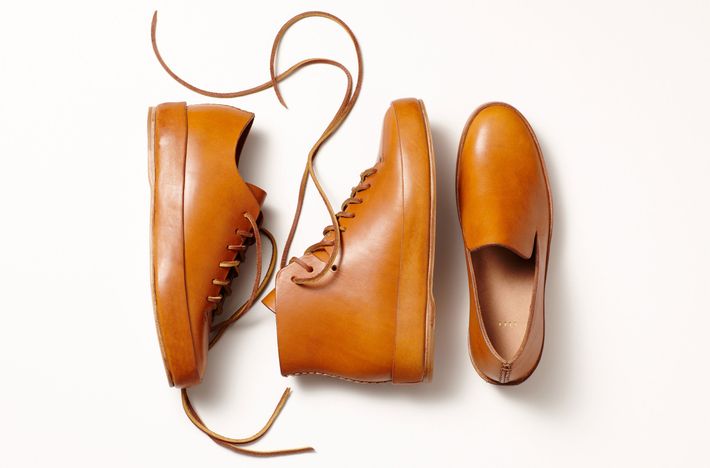
Hero Shoes
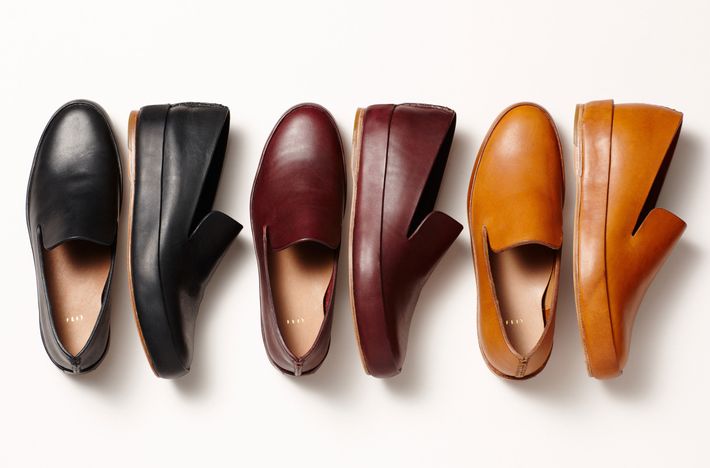
Hero Loafers
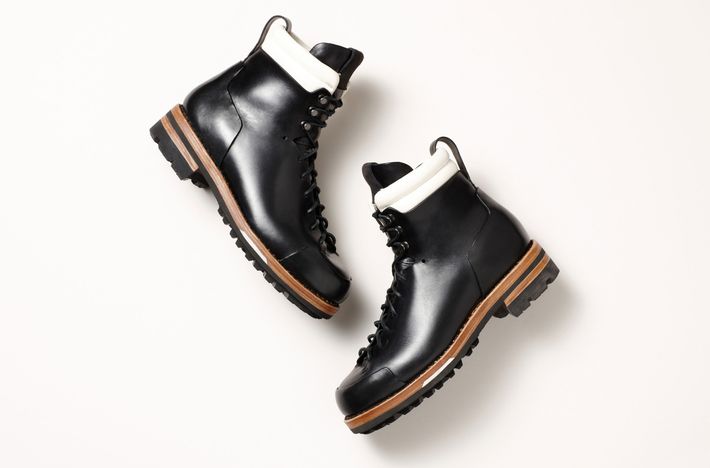
Arctic Hero Boots
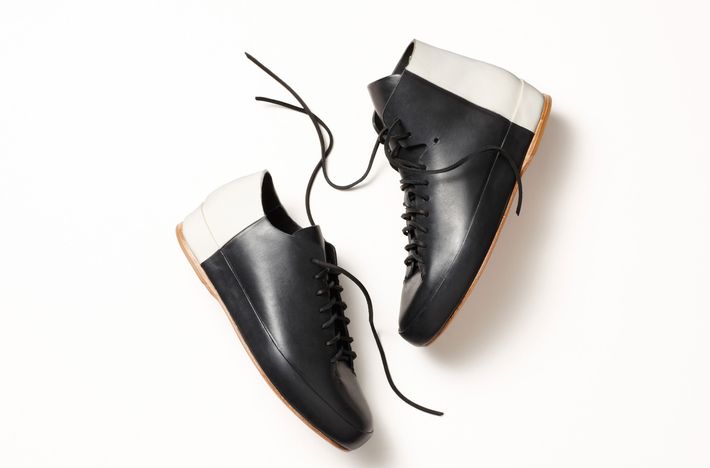
Bicolor Hero Shoes
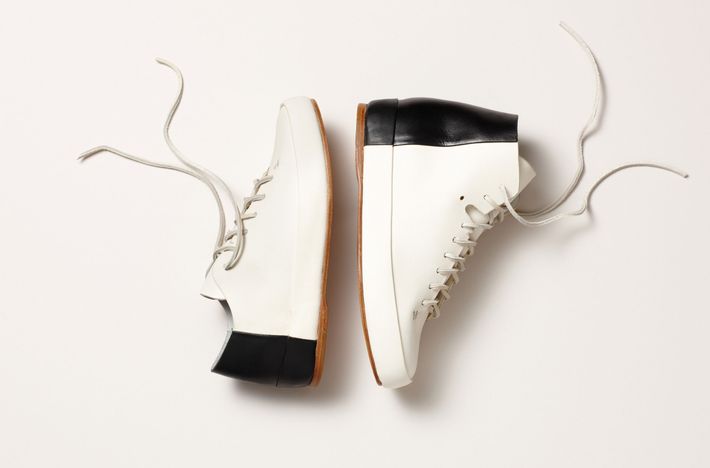
Bicolor Hero Shoes
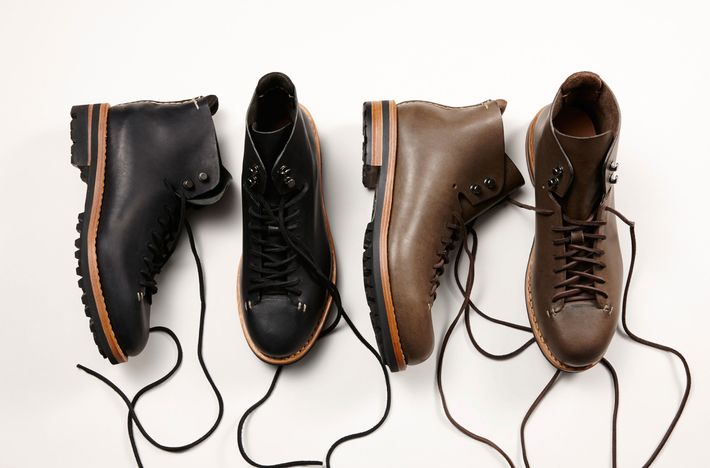
Hiker Hero Boots
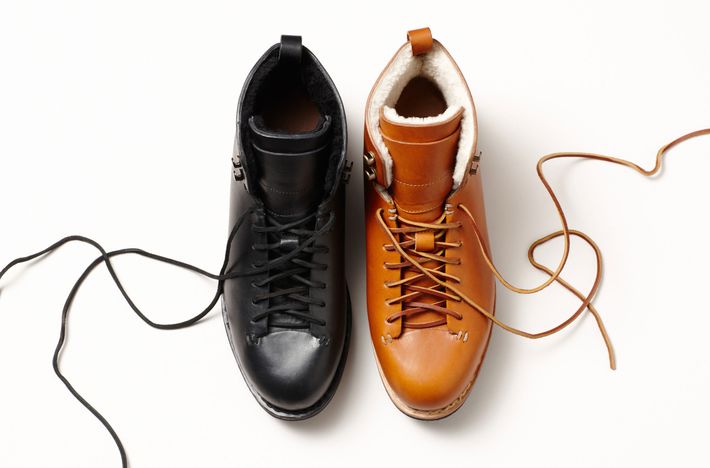
Wool Hiker Hero Boots
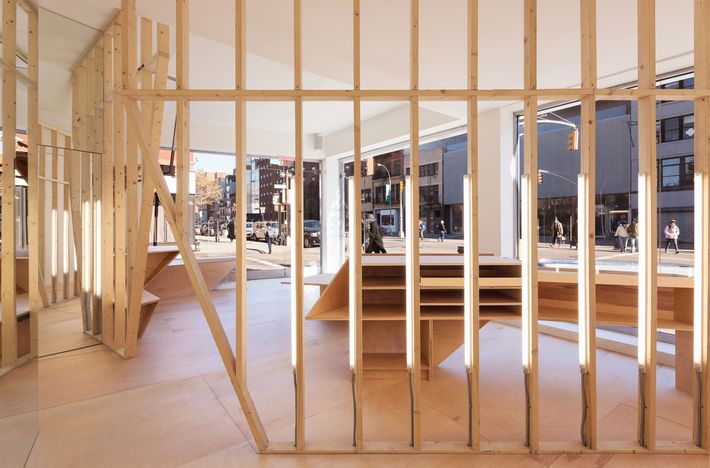
Inside the FEIT Soho Store
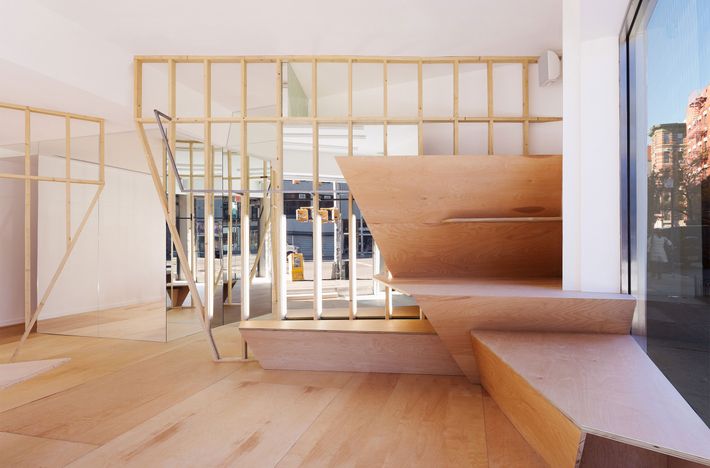
Inside the FEIT Soho Store




